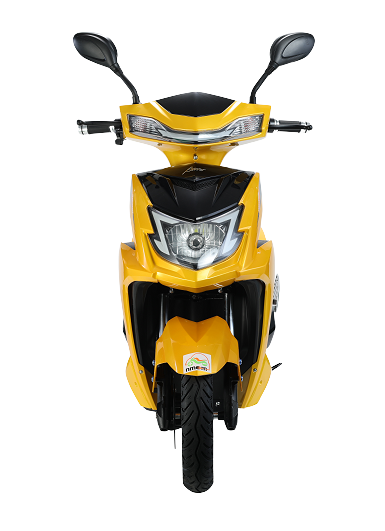EV Challenges in India
https://www.amomobility.com
The world says, “Electric vehicles are the future”. Introduced more than 100 years ago, electric vehicles have seen rising popularity for their numerous benefits. It was around 1832 when Robert Anderson developed the first crude electric vehicle. However, it wasn’t till the 1870s or later that electric vehicles became a practical carrier.
While the world was enjoying electric vehicles and it benefits of
reduced operating costs, fuel savings, and environmental concerns, India got
its first electric vehicle in 1996 which was a three-wheeler invented by Scooter’s
India Pvt Lt. It was named Vikram Safa. Today, almost all the major car
manufacturers and brands like Tesla, Audi, Mercedes Benz, Hyundai, Chevrolet,
BMW, and Renault are making ground-breaking electric vehicles.
During the early years, EVs did not do well in the market due to high costs, low speed, and short range. Therefore, the demand declined across the world. Their demand increased with the concern for the environment in the 21st century when gas-powered vehicles emitted a lot of smoke and were considered very harmful to the environment.
Still, more electric cars were sold in China in 2021 compared to
other countries. Why? The main reason was the availability of raw materials for
making batteries. China is the major player in Lithium which is used in making
batteries for EVs. Purchasing lithium was quite expensive for India and other
countries, which increased the overall price of electric vehicles. However, now
that many Indian start-ups are manufacturing Lithium, this has overcome the
shortage and importing expensive material from China.
Many roadblocks have been preventing Indian customers to adopt Electric Vehicles. Overall, the challenges with electric vehicles were infinite
due to inadequate charging networks, limited models in the market, uncertainty
around the cost of the batteries, and weak consumer awareness. All these
factors were impeding the accelerated growth of electric vehicles in India.
While most countries like Japan, Germany, the United States, and
China are exceeding in their EV sales, India is still facing challenges in
premium car sales due to the premium prices and lack of charging
infrastructure. Though the sales of electric scooters and buses are expanding in the country.
Further, certain mishaps where EV vehicles caught fire led to a
momentary setback for electric vehicles in India. It was found that those EVs
had batteries with nickel, manganese, and cobalt that can catch fire easily due
to high temperatures when operated beyond 40 degrees with the ambient
temperature in India being 45 to 50 degrees. Moreover, there was no venting
mechanism for overheated cells to release energy.
Over the past few months, there have been more cases of Ola
electric scooters spontaneously catching fire. This led to shifting to LFP
batteries or Lithium, iron, and phosphate or LTO (lithium titanate). An expert
panel was set up to investigate the accidents that pointed out that the EVs
were lacking the mechanism to identify overheating of cells.
The OEM and the government have shared the panel’s recommendations
with the EV companies for taking corrective action. This has led several
manufacturers to start recalling EVs from the market.
The Indian government is continually looking for ways to stimulate
the growth of EVs by decreasing the price of gasoline imports along with
various subsidies and incentives. In the last 10 years, there has been
significant progress with electric vehicle production and its sales. The
research efforts have also increased.
In the coming years, EVs will play an important role in Smart cities hence, more efforts are being facilitated for better-charging processes and improved battery technology.




Comments
Post a Comment